De Havilland D.H.60M Moth
Production Time 9 to 10 weeks
Shipment is by FedEx, UPS or DHL International Express Courier with a normal door-to-door delivery time worldwide of within 2-3 business days after dispatch. Due to the current volatility of world fuel prices, the amount mentioned here is our best estimate for DHL and UPS and may be subject to change at the time of shipping.

Model Description: De Havilland D.H.60M Moth Wood Replica Scale Custom Model Aircraft
Manufacturer: De Havilland
Wingspan: 15 Inches (38.1 Centimeters)
Height: 4.9 Inches (12.5 Centimeters)
Scale: 1:21
Registration: VH-ULM
$279.50
Production Time 9 to 10 weeks
-
United States dollar ($)
-
Pound sterling (£)
-
Euro (€)
-
Australian dollar ($)
-
Canadian dollar ($)
-
Singapore dollar ($)
-
Swiss franc (CHF)
-
Japanese yen (¥)
-
Danish krone (kr.)
-
Hong Kong dollar ($)
-
Norwegian krone (kr)
-
Swedish krona (kr)
-
United Arab Emirates dirham (د.إ)
General Product Description
Our PlaneArts De Havilland D.H.60M Moth model exhibits unique, unrivaled quality and detailed design to come as close as possible to the accuracy of the actual plane. It comes as standard with a robust, durable base or stand which is available in a variety of different finishes designed to match your own personal requirements including solid wood, wood with polished metal supports or adjustable wood wall mount and will be ready within about 9-10 weeks from placement of order.
The De Havilland D.H.60M Moth model is made of the finest kiln dried renewable mahogany wood (commonly known as Lauan or Meranti) which has undergone many stages of carving and meticulous and careful sanding giving the beautiful finished museum quality masterpiece. Many collectors and model connoisseurs demonstrate their preference for genuine handmade and hand painted mahogany wood models rather than plastic or die cast (diecast) alternatives due to the overall look and totally different feel of the item - we trust you will find the same. We can, however, if required produce the same model in Solid Cast Resin so just click and contact us us for further information. Our craftsmen and gifted artisans ensure that our finely handcrafted model airplanes match the precise blueprint details of the original aircraft. The paint scheme, markings and parts are closely matched, reflecting the original aircraft. This stylish top-quality desktop replica model will surely enthrall anyone who receives this as a gift and for sure one of the most appropriate and desirably collectable gifts for any aviation enthusiast and avid aircraft collector whilst also displaying a perfect resemblance to the actual aircraft.
If you require we can also make the De Havilland D.H.60M Moth model in any other airline, private livery or colour scheme you require and if necessary in a different size or scale. Just click here to contact us with a description or photographs of what you require, and we will let you have a quotation for the necessary customization by return email. We can also make bespoke scale replicas of any other private / civil commercial airliner or airliners, helicopter, glider, gliders with engines, military jet, warplane jets, propeller warplanes, biplane, triplane, tail fin, spacecraft, rocket or NASA model you require in any airline, military or civilian livery or colors. We also produce model airships, blimp, dirigible, blimps, boat and ship collectibles. Wall plaque or seal for military, government or private customers. Again, by clicking here to contact us just let us know exactly what you need.
Exploring the Skies: The De Havilland D.H.60M Moth and Its Lasting Legacy
The De Havilland D.H.60M Moth stands as a testament to the golden era of aviation, a period marked by rapid technological advancements and a burgeoning fascination with air travel. Designed in the late 1920s by the British aviation pioneer Geoffrey de Havilland, the D.H.60M variant of the Moth series carved its niche as a versatile and reliable aircraft, qualities that cemented its place in aviation history. This article delves into the essential features and historical significance of the De Havilland D.H.60M Moth, exploring why it remains an iconic aircraft to this day.
Robust Design and Construction:
The D.H.60M, commonly referred to as the Metal Moth, distinguished itself from its predecessors through the adoption of metal in its construction, replacing the predominantly wooden structure of earlier models. This strategic shift not only enhanced the aircraft’s durability but also improved its performance and maintenance characteristics. The D.H.60M featured a fuselage constructed from metal tubing, covered with fabric, and wings that could be folded back along the fuselage, facilitating storage and transportation. This adaptability made the Moth an attractive option for civil aviation and military training alike.
Technical Specifications and Performance:
Powered by a Gipsy I engine, the D.H.60M Moth boasted a cruise speed of approximately 85 mph (137 km/h) and a range of around 320 miles (515 km), making it ideal for both short-haul flights and pilot training sessions. With a wingspan of 30 feet (9.14 meters) and a length of 24 feet (7.32 meters), the aircraft accommodated two occupants in a tandem seating configuration, allowing for direct communication between the pilot and passenger or instructor and student. Its relatively simple control systems and forgiving flight characteristics made the D.H.60M an excellent trainer aircraft, contributing significantly to its widespread use.
Military and Civilian Use:
The adaptability and robustness of the D.H.60M Moth ensured its utilization beyond the realm of civilian aviation. Several military forces, including the Royal Air Force, adopted the Moth for primary training, reconnaissance, and light transport duties. Its role in training countless pilots during the interwar period and beyond underscored the Moth’s contribution to aviation and military preparedness. Moreover, the D.H.60M’s operational flexibility facilitated its use in a variety of roles worldwide, from survey flights and air ambulance services to leisure and competitive flying.
Legacy and Preservation:
The legacy of the De Havilland D.H.60M Moth is preserved in numerous aviation museums across the globe, where enthusiasts and historians can appreciate its contribution to the development of flight. Additionally, a number of D.H.60Ms have been meticulously restored and continue to grace the skies, participating in air shows and flying events. These operational aircraft serve as a living history, offering a glimpse into the past and celebrating the pioneering spirit of early aviation.
In conclusion, the De Havilland D.H.60M Moth embodies the innovation, resilience, and versatility that characterized the early years of flight. Its design, performance, and enduring appeal highlight the Moth’s significant role in advancing aviation technology and training. As we look back on the achievements of the Moth, it’s clear that its legacy continues to soar, inspiring future generations of aviators and engineers.
| Weight | 6 kg |
|---|---|
| Dimensions | 13.5 × 15 × 4.9 in |

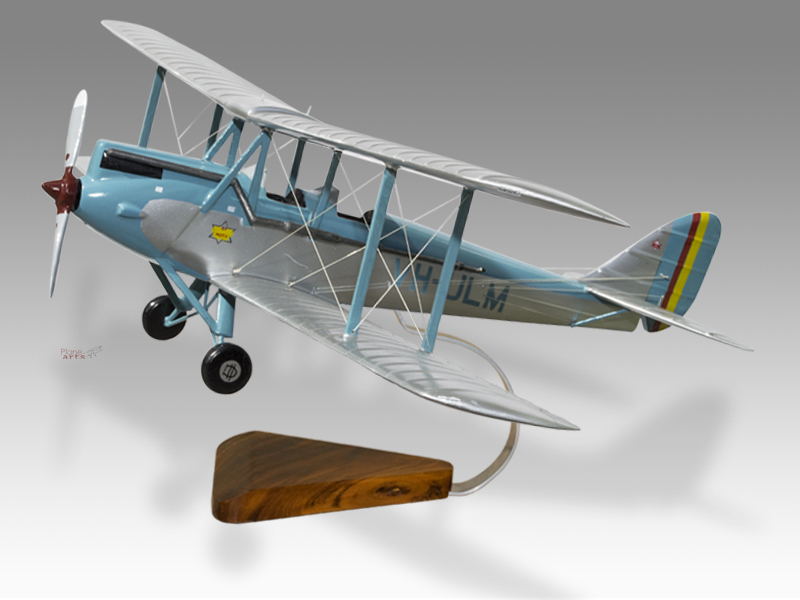
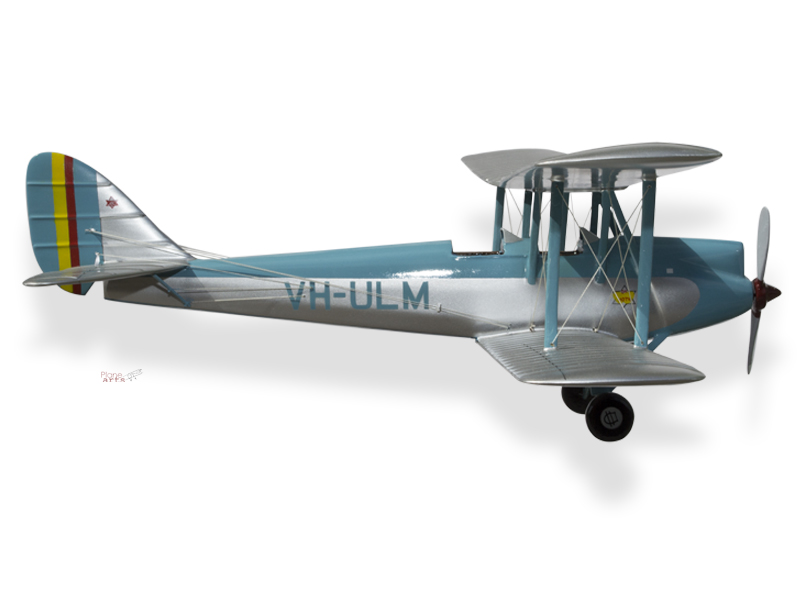
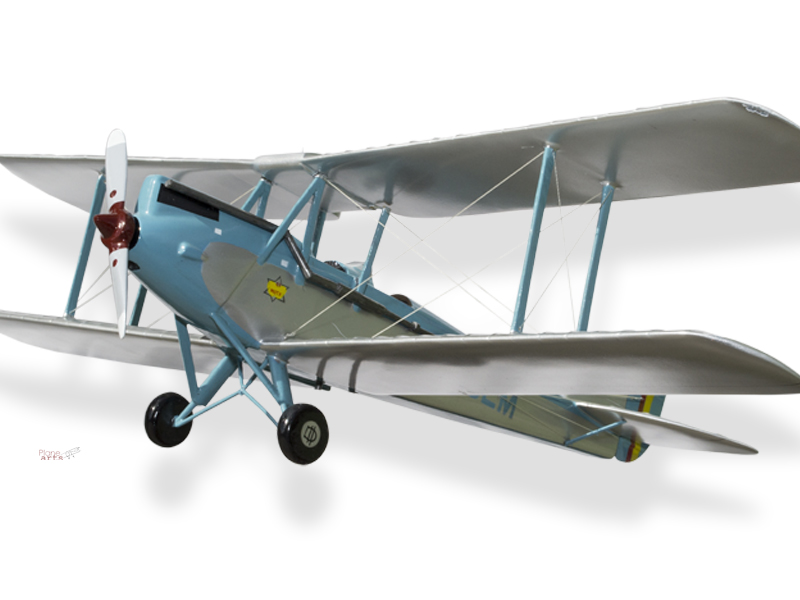
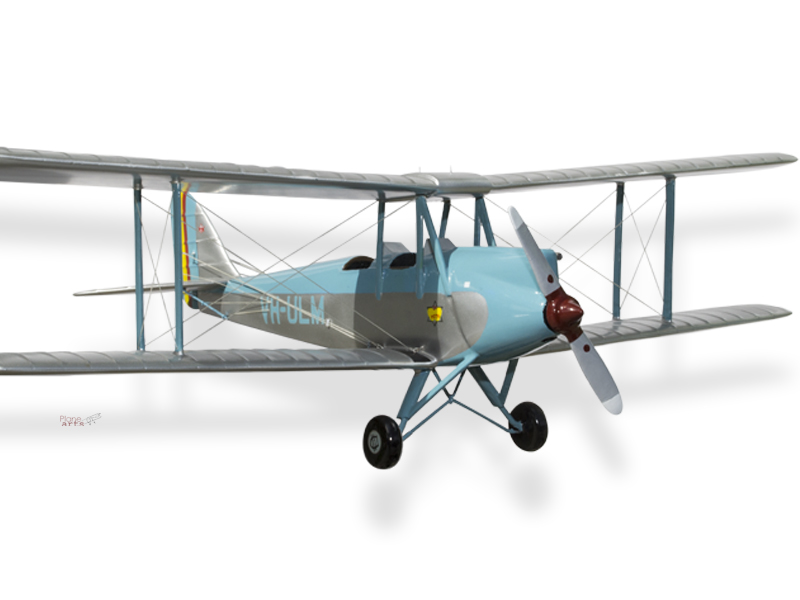

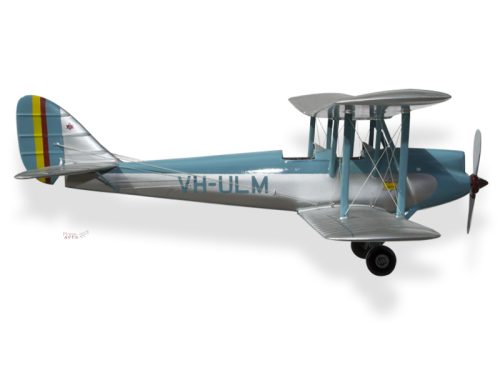
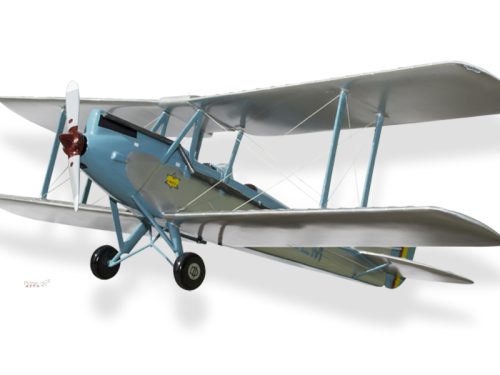

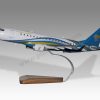
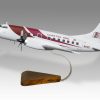
Reviews
There are no reviews yet.